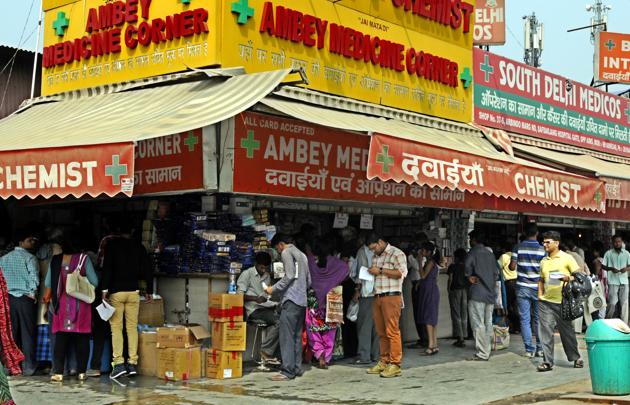Antibiotic resistance among bacteria high in India, reveals report
Antimicrobial resistance is a major public health problem globally while all types of AMR are concerning, antibacterial resistance (ABR) is seen as currently posing the most serious health threat.
India has some of the highest antibiotic resistance rates among bacteria that commonly cause infections in the community and healthcare facilities, shows the latest Department of Biotechnology (DBT) report.

The Scoping Report on Antimicrobial Resistance in India, as it is called, was prepared for DBT and Research Councils United Kingdom (RCUK) by the Center for Disease Dynamics, Economics & Policy, India (CDDEP).
The carbapenem class of antibiotics is one of the last-resort antibiotics to treat serious bacterial infections in humans, and resistance to them among various gram-negative bacteria was extremely high, says the report.
Antimicrobial resistance is a major public health problem globally while all types of AMR are concerning, antibacterial resistance (ABR) is seen as currently posing the most serious health threat.
The highest carbapenem resistance was observed in A. baumannii (67.3%; 70.9%) usually associated with hospital-acquired infection, followed by K. pneumoniae (56.6%; 56.6%) leading to pneumonia, blood infections etc., P. aeruginosa (46.8%; 41.8%) causing urinary tract infection, and E. coli (11.5%; 16.2%) that can lead to food poisoning. Doctors are already having a hard time in treating patients, with many not responding to drugs.
“Most patients coming to us from small towns have already been put on stronger antibiotics. We are very careful with our choice of antibiotics but most of these patients are already resistant to first or second line of drugs,” says Dr Yatin Mehta, chairman, Institute of Critical Care & Anesthesiology, Medanta.
The government has put in place a National Action Plan on Anti-Microbial Resistance (NAP-AMR) 2017-21 that identifies six strategic priorities to combat the problem of AMR.
The priority lies in improving awareness and understanding of AMR through effective communication, education and training; strengthening knowledge and evidence through surveillance; reducing the incidence of infection through effective infection prevention and control; optimizing the use of antimicrobial agents in health, animals and food; promoting investments for AMR activities, research and innovations; and strengthening India’s leadership on AMR.
The proof that antimicrobial resistance is spreading is popping up in India, from the fecal matter of chickens to groundwater for drinking.
This is a concern as microorganisms can spread from animals to people and from the environment to humans.
Catch your daily dose of Fashion, Health, Festivals, Travel, Relationship, Recipe and all the other Latest Lifestyle News on Hindustan Times Website and APPs.



